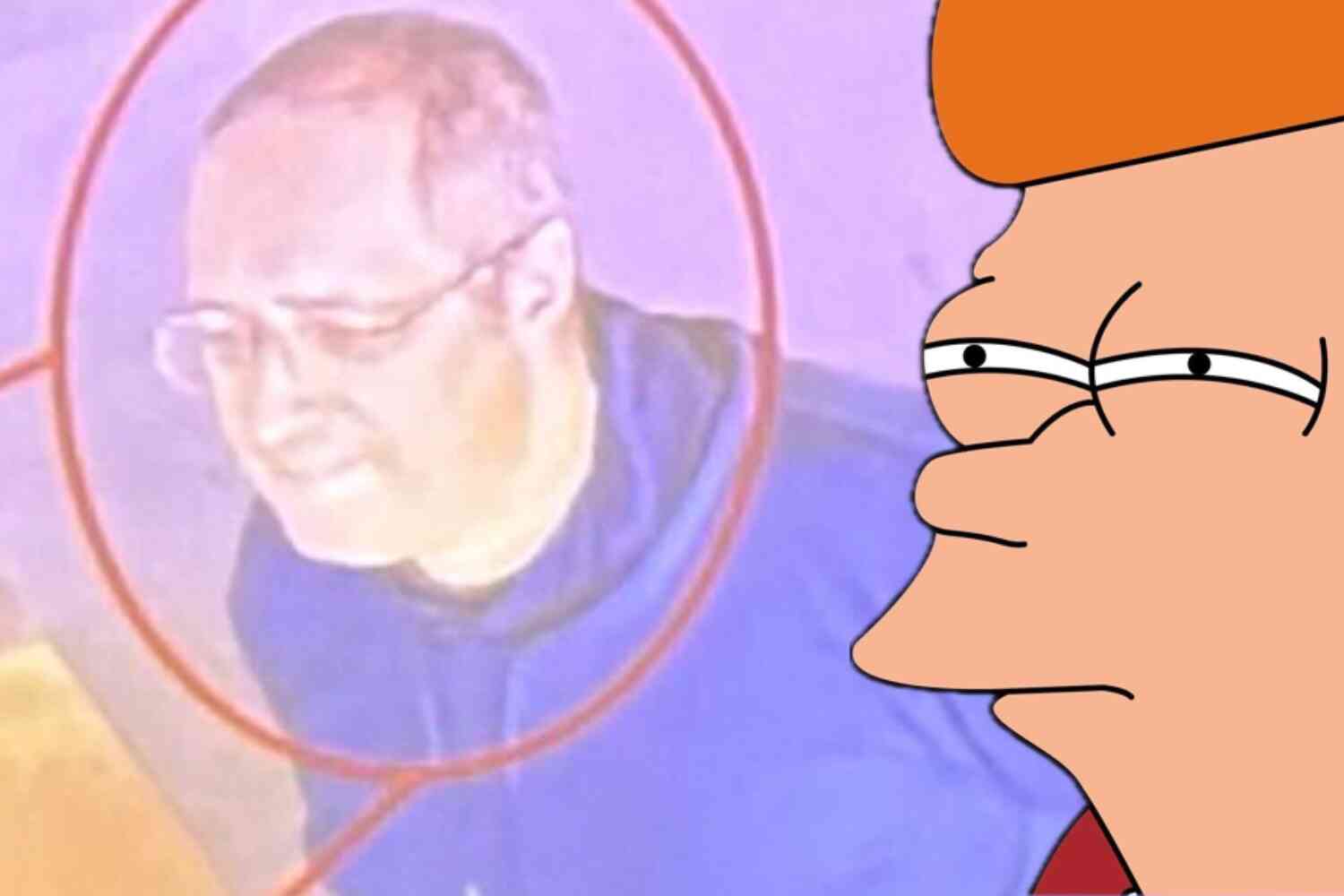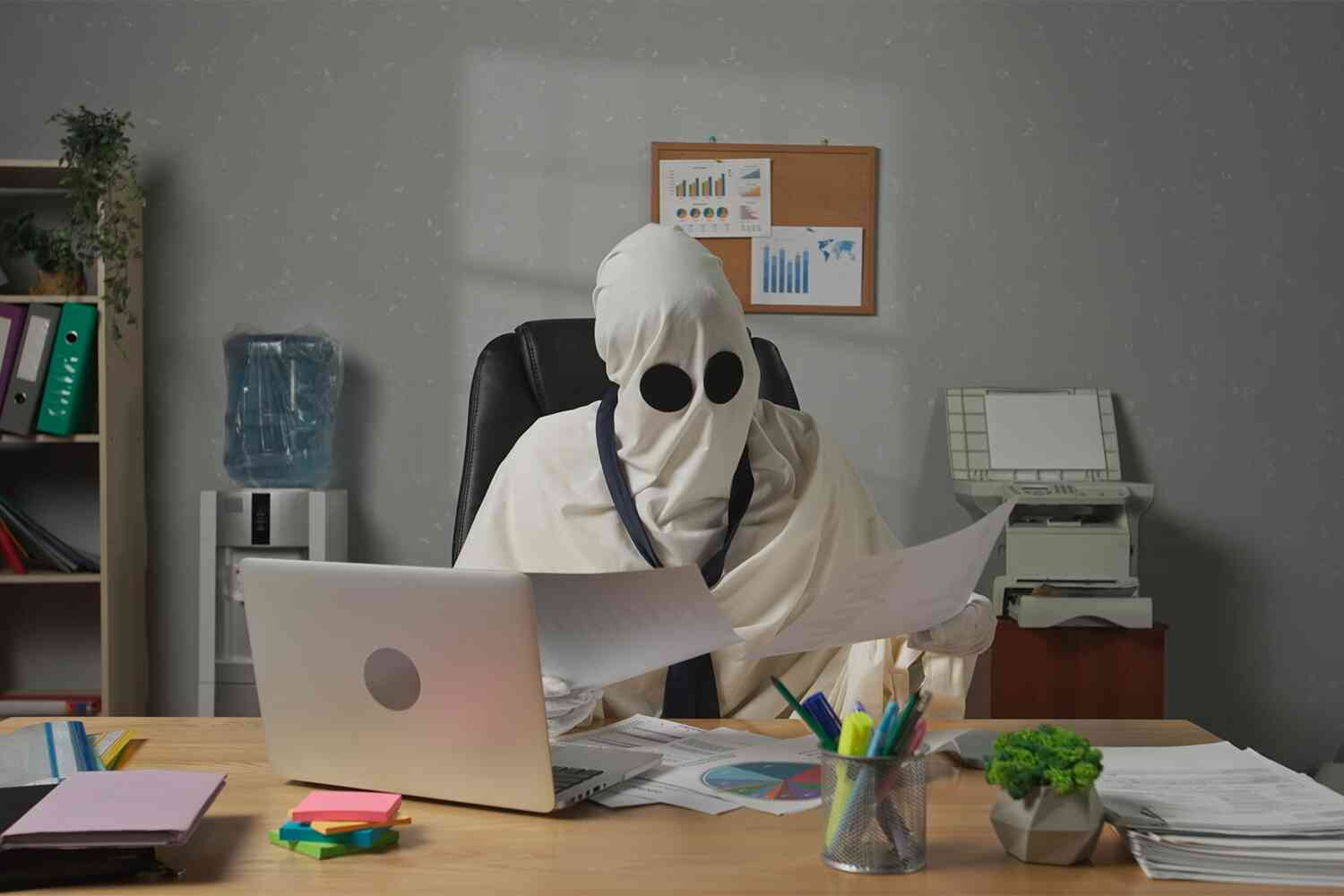In a totally unprecedented turn of fate that nobody could have ever seen coming, it turns out that the thing that the entire world started doing a year and a half ago in a panic in the hopes that it would stop the spread of COVID... might not actually stop the spread of COVID.
Oh, and they might make it worse.
Intuition tells us a plastic shield would be protective against germs. But scientists who study aerosols, air flow and ventilation say that much of the time, the barriers don't help and probably give people a false sense of security. And sometimes the barriers can make things worse...
Under normal conditions in stores, classrooms and offices, exhaled breath particles disperse, carried by air currents and, depending on the ventilation system, are replaced by fresh air roughly every 15 to 30 minutes. But erecting plastic barriers can change air flow in a room, disrupt normal ventilation and create "dead zones," where viral aerosol particles can build up and become highly concentrated.
WAIT...
You're telling me that this totally novel and unprecedented method of germ prevention—
- the hastily erected rows of plastic dividers that people threw up en masse because "public health experts" took a flier and told everyone to do it
- the annoying and spirit-draining physical barriers that helped teach the whole world to view everyone as a potential disease vector but had dubious value as virus-blockers
—that these things might not work like we were told they do?
What else will we learn about viral transmission before the pandemic is over?
That poorly fitted squares of old Under Armour T-shirts aren't good at stopping infective particles? That you can catch the virus from someone even if they're at a table an entire 72 inches across the restaurant from you?
It's very exciting to learn new things!









